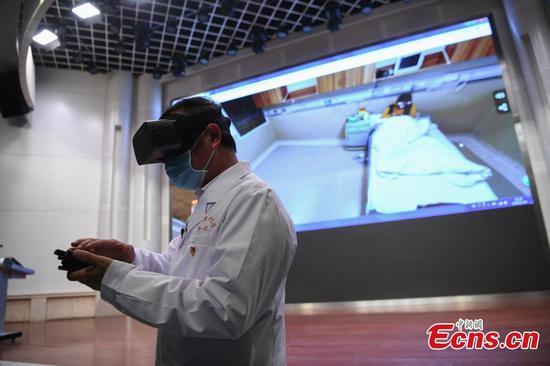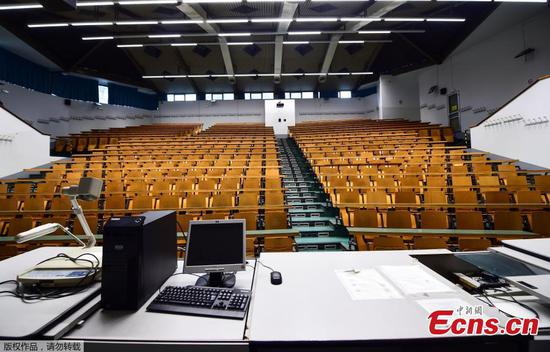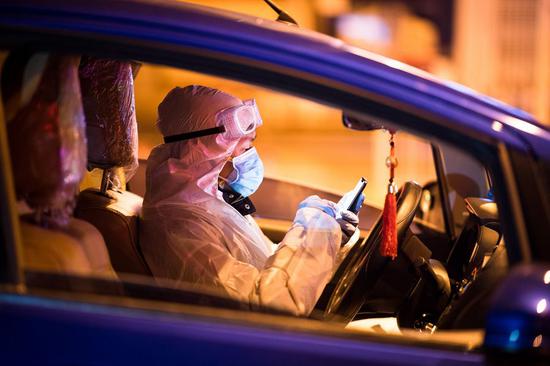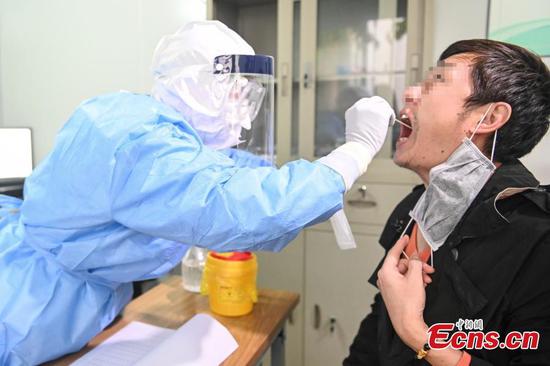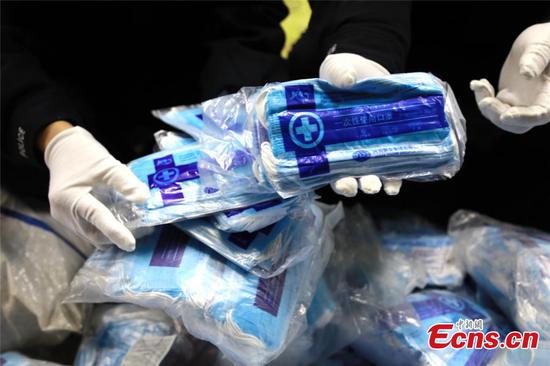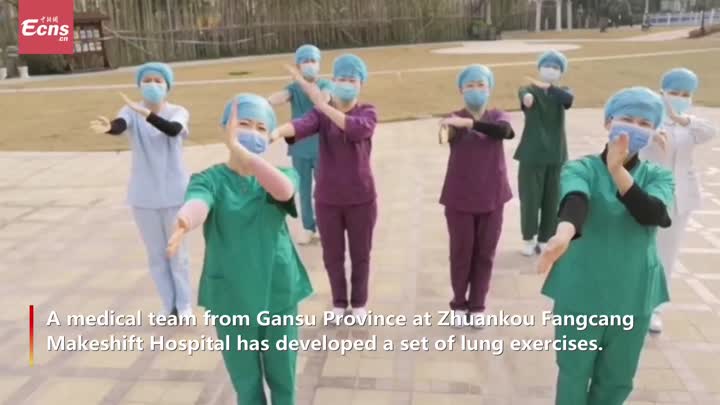A Harvard epidemiologist has warned that traveler screening in the United States may not detect most symptomatic cases of COVID-19.
The modeling result using a robust screening program in Singapore showed that most countries' screening procedures at borders miss two-thirds of travelers exhibiting COVID-19 symptoms, said Marc Lipsitch, a professor of epidemiology at the Harvard T.H. Chan School of Public Health, on Wednesday.
The model compared the number of people likely exhibiting COVID-19 symptoms with the number caught by traveler-screening programs.
It may explain the recent appearance of a cluster of cases in Washington State, said Lipsitch, adding that travelers sick with COVID-19 likely arrived in the United States four to six weeks earlier and simply were missed in screening, thus leading to the Seattle area outbreak.
"I think you could have certainly hundreds, if not more, cases around the United States by this point," said Lipsitch.
The U.S. Centers of Disease Control and Prevention reported 148 cases of COVID-19 as of Wednesday, including 49 which are still not clear how they get affected.
Uncertainty over how many U.S. cases there are raises the urgency of conducting more virus tests, but Lipsitch said the pace of testing is still low, and it will "take weeks until we have anything like adequate testing capacity."
"Right now, it is a challenge if you are a doctor wanting to get somebody tested," said U.S. Health and Human Services Secretary Alex Azar on Thursday. "That experience will get better over the next week, week and a half, two weeks."
Lipsitch compared the epidemic to an iceberg, with the most severe cases -- those who have died or sought medical care or who have been tested -- at the iceberg's tip, urging scientists to better understand the unseen, underwater portion.











